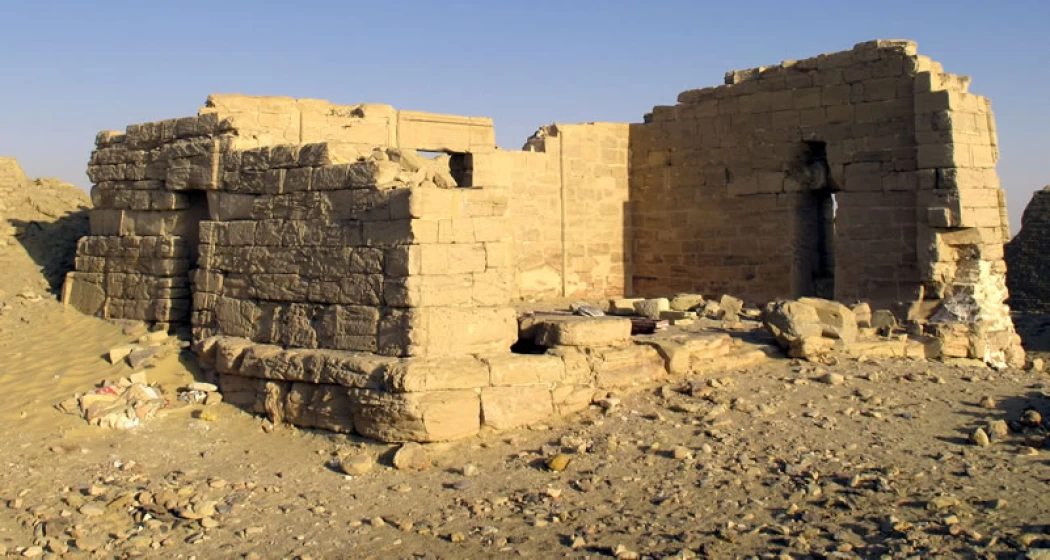
Temple of Nadora in Kharga Oasis
Information about Temple of Nadora in Kharga Oasis
The word “Nadorji” is a word used in the modern era to express a person charged with monitoring the place and its dimensions and monitoring movements in its surroundings, while the origin of the word goes back to an old job that was used in ancient times, specifically the Roman era in the oases, for a person assigned to climb a temple whose main task was to monitor the ancient trade routes and routes in the oases, specifically passing through the oasis of Kharga in the New Valley by ascending the “Nadora” temple to monitor the flow of trade caravans in the Arbaeen route to the Darfur region in Sudan.
The Nadoura temple is a sandstone building surrounded by mud-brick walls built on a high hill about 75 meters above the surrounding ground. The walls of the temple have inscriptions of Emperors Hadrian and Antoninus Pius from the Roman era, specifically the second century AD, in the position of offering offerings to a group of gods, including the god Amun, the god Mut, and the god Khonsu.
The temple was dedicated to the worship of the idol "Khonsu," while the temple is surrounded by the remains of huge adobe walls that were used during the Roman era as a fortress to protect and guide caravans passing on the Arbaeen Road.
The walls of the temple have inscriptions of Emperors Hadrian and Antoninus Pius from the Roman era, specifically the second century AD, in the position of offering offerings to a group of gods, including the god Amun - the god Mut - the god Khonsu, and the temple was dedicated to the worship of the idol “Khonsu”, while the temple is surrounded by the remains of huge adobe walls that were used during the Roman era as a fortress to protect and guide caravans passing on the Arbaeen Road.














